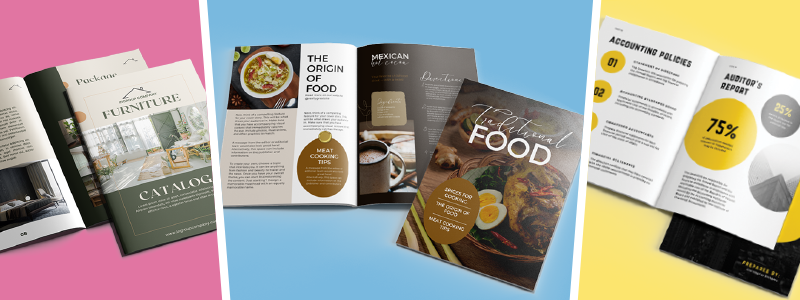
Catalog marketing has many advantages, including increased brand visibility, driving website traffic, and increasing revenue. However, before you take advantage of catalog marketing, you need to understand how much it costs to plan your budget accordingly.
In this blog, we'll dive deep into the factors determining the end cost of printing and mailing catalogs so you can successfully prepare for an effective catalog campaign.
How Much Does It Cost to Print Catalogs?
The price of your catalog order will ultimately be determined by the quantity, paper, ink and coating, size, turnaround time needed, binding, and page count of your order.
Depending on all the specifications outlined in this blog, your project could cost between $50 and $10,000.
Additional shipping costs can add to these prices, but in the end, the best way to save money on your catalog project is to use the tips in each of the sections below to bring your costs down.
When it comes to catalog printing costs, several factors most strongly influence the price. These key factors have varying degrees of influence on the answer to "How much does it cost to print a catalog?" A closer look at these factors can give customers a better understanding of why these catalog printing details affect how much it costs to print a catalog.
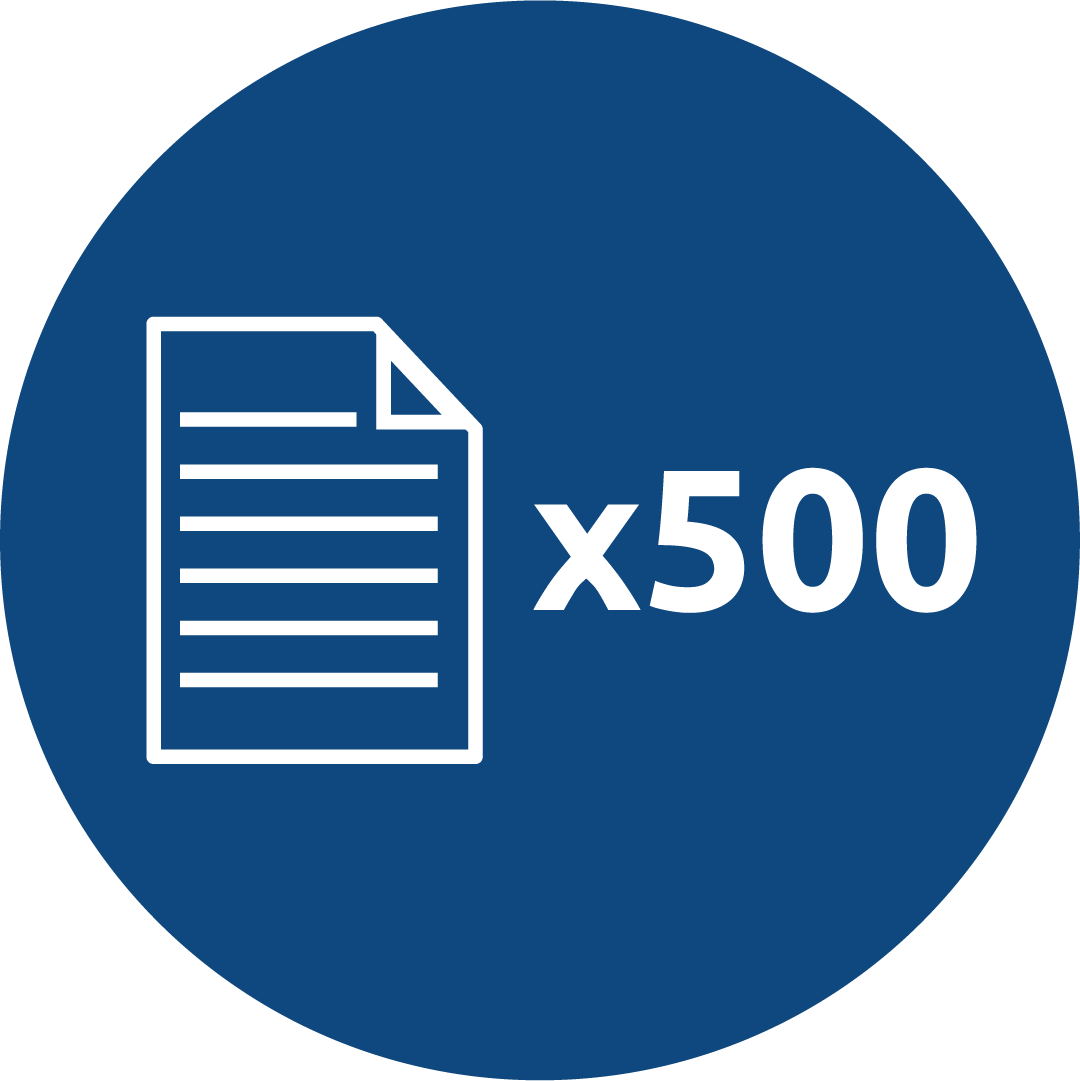
Quantity (The Number of Catalogs You Need Printed)
The number of catalogs you need is a key factor that impacts the catalog printing price. Printing more catalogs will produce a higher total cost, plain and simple. However, the more catalogs you print, the lower the price per catalog will be. This is because printing costs, such as setting up the press, are spread out over a larger quantity. So, if you can print a larger quantity of catalogs, you can take advantage of lower catalog costs per piece and save money in the long run.
Other options exist if you're on a tight budget and still need to produce a certain quantity of catalogs. One option is to adjust your catalogs' size or page count, as smaller or thinner catalogs can be more cost-effective to print. You can also consider using thinner paper. These options can help you balance cost with quality while still taking advantage of the catalog marketing benefits.
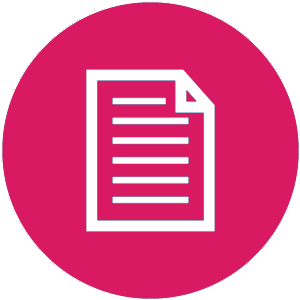
Paper Selection for Your Catalog
Choosing the right paper for your catalog printing project is an important factor influencing the final cost. Most printers have a selection of house stocks that they recommend using to help keep costs lower.
For the cover of your catalog, heavier and more protective paper is ideal, as it adds durability and longevity to your catalog. A heavier cover stock with a resilient UV coating can help maximize the lifespan of your catalog, giving you more opportunities to communicate your message.
When it comes to the inside pages of your catalog, the paper choice may depend on the size, weight, and intended use of your catalog. For instance, thinner paper, like text-weight paper, may be more suitable for smaller catalogs or catalogs with a large page count. In comparison, thicker paper may be necessary for larger catalogs. It's also essential to consider USPS postage rates if you mail your catalogs, as the weight can affect the postage costs.
At Kingston Printing, we offer a range of preferred paper stocks to suit various catalog printing needs, including 100# gloss and velvet text, 80# gloss and velvet text, 100# gloss and velvet cover, 80# gloss and velvet cover, and 14pt C2S gloss cover. These stocks are used frequently and ordered in bulk, making them easier and cheaper for us to print alongside other projects.
Choosing a non-preferred paper stock may result in higher costs, as it may be harder for us to pair with other jobs when laying out our press sheets. Additionally, some paper types may require special orders, resulting in higher prices and longer turnaround times.
If you have questions about choosing the right paper type for your catalog project, you can contact our customer service team at (785) 690-7222.
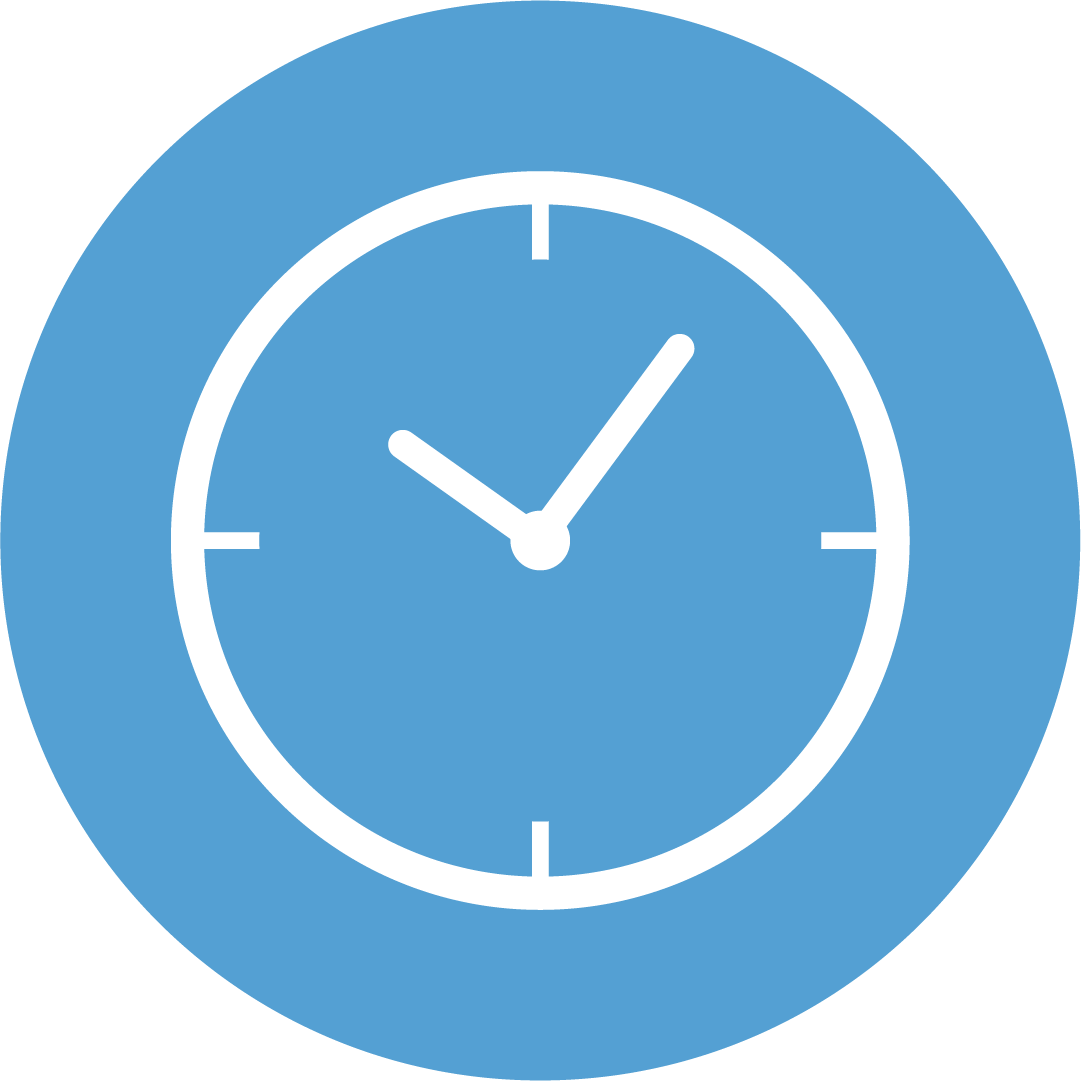
Turnaround Time for Printing Your Catalogs
Catalogs often require slightly longer turnaround times since they have more factors like multiple pages and binding compared to other printed products, so if you end up running the risk of needing to use a different product due to the need for a rush turnaround, consider reducing your page count or minimizing your size first as catalogs have one of the highest returns on investments.
The cost of printing catalogs will vary depending on how quickly you need your order. The sooner you need your catalogs, the higher the price will be. This is because commercial printers can benefit from longer turnaround times by receiving similar jobs that they can print alongside yours on the press sheets before cutting, folding, and binding, saving themselves paper, time, and resources. This translates to lower printing costs for you.
Overall, one of the best ways to print cheap catalogs is to plan ahead and select the longest possible turnaround time for your catalog printing project. This will give your printer more flexibility and time to optimize their production schedule and avoid rush charges.

Ink & Coating for Your Catalogs
The type of ink and coating you choose for your catalog printing project can also impact the cost. Some international brands may require special types of ink to perfectly match their digital renderings, which may require a specific Pantone Matching System (PMS) color value. Ordering PMS colors can be costly, increasing the overall cost of printing catalogs.
The standard option for printing catalogs is the CMYK color system (cyan, magenta, yellow, key(black)), which is excellent for rendering precise colors. By taking advantage of the CMYK color system, you can significantly reduce the cost of printing catalogs while still achieving accurate colors.
The price will increase if you want to add a coating to your catalog covers for additional protection or a glossy or matte finish. However, a coating can also increase the lifespan of your catalog, providing you with more opportunities to generate sales.
It's important to note that the type of coating you choose can also affect the cost. UV coatings, for example, are cheaper than aqueous coatings since they require less time and resources to print. Choosing a more cost-effective coating option can help keep the overall cost of printing catalogs low.

Catalog Size
When choosing the right size for your catalog, it's important to consider your goals and audience. While the standard size of 8.5 x 11 is the most popular choice, other sizes can be effective depending on the content and purpose of your catalog. For example, a smaller size, such as 5.5 x 8.5, may be more convenient for customers to carry around. A larger size, such as 11 x 17, may allow for more creative layouts and designs. Ultimately, the size of your catalog should be chosen to best showcase your products and appeal to your target audience. By considering factors such as portability, design flexibility, and audience preferences, you can choose the ideal size for your catalog and create a memorable and effective marketing tool.
The larger each catalog is, the more press sheets or paper it will require, which translates to higher costs associated with printing catalogs. Sticking with smaller catalog sizes is the cheapest catalog printing option, as it will use less paper.
However, depending on your catalog marketing goals, as mentioned above, a smaller catalog may be less effective, so you should invest in a size that makes sense for your message and audience to generate the highest revenue possible.
If a larger catalog size makes the most sense, but you need to reduce your catalog printing costs, try selecting a different paper type, and lower your page count or quantity.

Catalog Page Count
The page count of your catalog can significantly impact the final cost of printing. This is because the number of pages influences the amount of paper and ink your project uses, even more so than the size of your catalog.
Increasing the number of pages can lead to a higher overall cost for printing catalogs. At Kingston Printing, we offer catalogs between 8 and 96 pages, providing a wide range of possibilities for the length of your catalog.
If you need to print a longer or shorter catalog than what we offer, you can easily submit a custom catalog quote or contact our customer service team for assistance. By carefully considering the page count of your catalog, you can help keep your printing costs within your budget while still achieving your desired marketing goals.
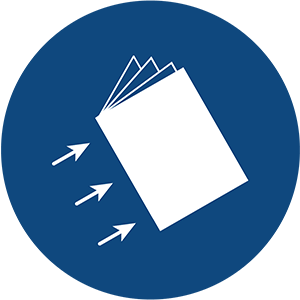
Binding for Your Catalog
How you bind your catalogs greatly influences the price of your print order.
Saddle stitching is the most common and cheapest catalog binding option. This method uses 2-3 staples at the seam to bind or stitch the pages together.
Because saddle stitching is the cheapest method for binding, it's the most regularly used for catalog printing. However, there are a few other catalog binding options, including perfect binding. However, remember that choosing an option other than saddle stitching will increase the cost of printing catalogs.
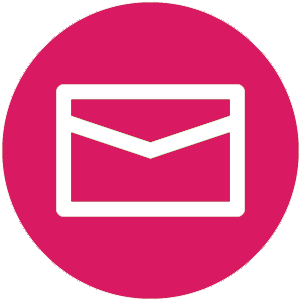
How Much it Costs to Mail Catalogs
Catalog Postage Costs
Postage costs for catalogs are determined by several factors, including the weight of each catalog, the catalog size, and the mailing service you choose.
For example, the USPS offers several options for mailing catalogs, including First-Class Mail and Standard Mail (or "Marketing Mail"). First Class mailing is cheaper than single-piece mailing as it offers bulk mail discounts. However, it is the most expensive bulk mail service. The upside is that it's viewed as the most important type of mail by the USPS and delivered the fastest. Standard Mail is much cheaper than First Class but has a longer delivery time.
Mailing Lists
When it comes to mailing lists for your catalog marketing campaign, if you choose to use a mailing list you already have, there will be no extra cost unless you ask your print and direct mail provider to cleanse your list or opt for NCOA processing. In this case, the mailing cost will increase slightly.
Suppose you wish to target a new audience and need to purchase a mailing list. In that case, you need to consider the cost of a mailing list which is generally around a few cents per address.
Who You Mail Through
Choosing who to mail your catalogs through can significantly impact your overall catalog mailing costs. Many commercial printers, like Kingston Printing, offer the convenience of mailing your catalogs directly from their mail center. While this may seem like an added cost, it can help expedite your project's mail turnaround time and save you money in the long run.
It's important to note that not every printer offers mailing services, as not all have their own mail centers. So, be sure to ask before placing your catalog order whether or not they can mail your catalogs using a pre-configured list or a generated mailing list.
When mailing with Kingston Printing, all you have to worry about is uploading or creating your mailing list on time, and we'll take care of the rest. Choosing a reliable printer to handle your catalog mailing can streamline the process and save money on your overall mailing costs.
Conclusion: How Much Does It Cost to Make a Catalog?
Understanding the various factors influencing the cost of printing a catalog can help you make informed decisions that save you money without compromising quality. Whether you're looking to print a small or large quantity of catalogs, selecting the right paper, ink, and coating options and choosing the right catalog printer and mailing partner can make all the difference.
At Kingston Printing, we're committed to providing high-quality catalog printing services that meet your unique needs. Today, take the first step toward your catalog marketing campaign by submitting a quote request. We can't wait to help you achieve your marketing goals with professional and cost-effective catalog printing!
Request A Quote Today!









